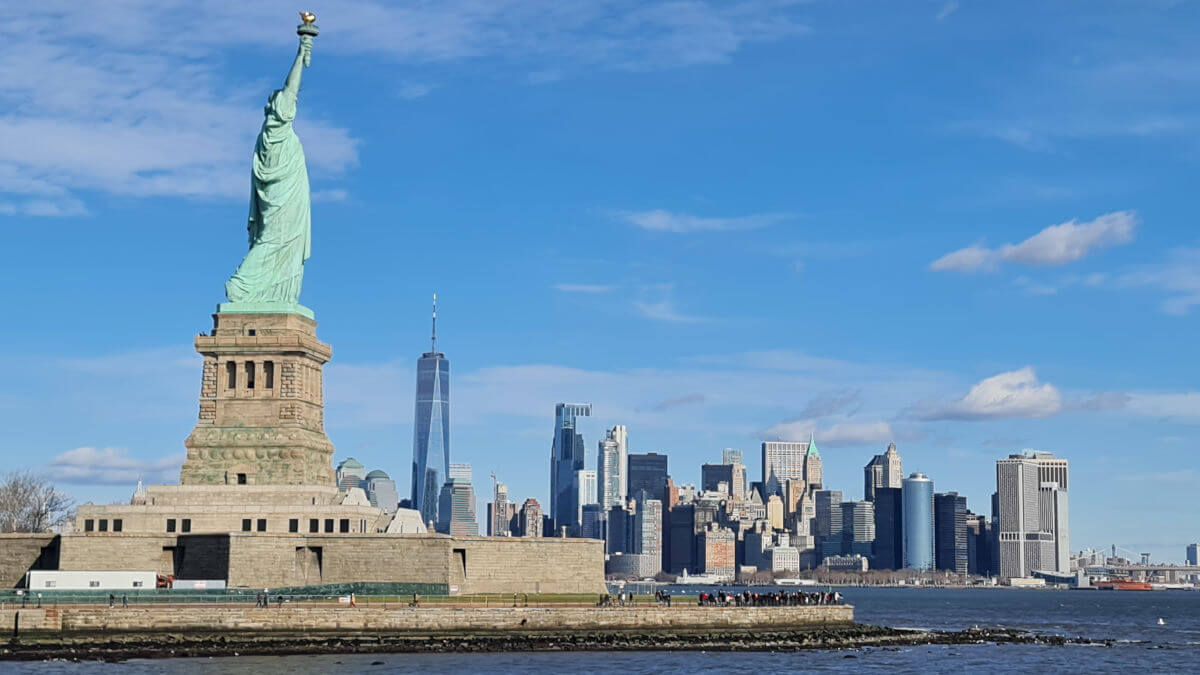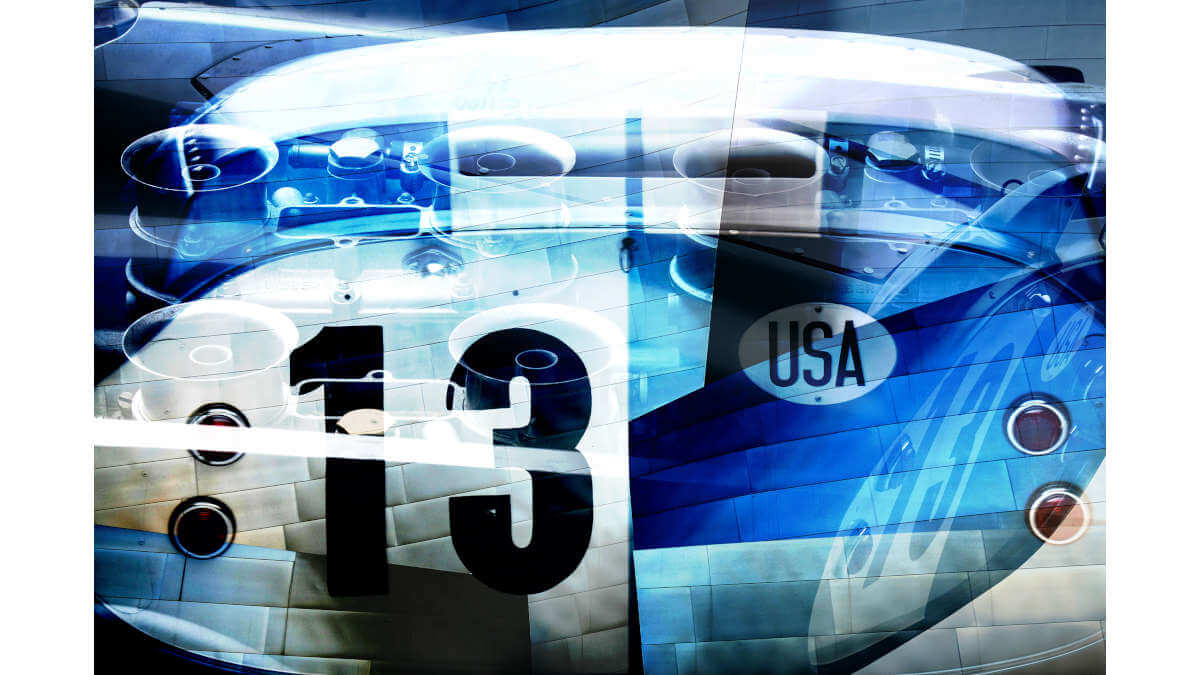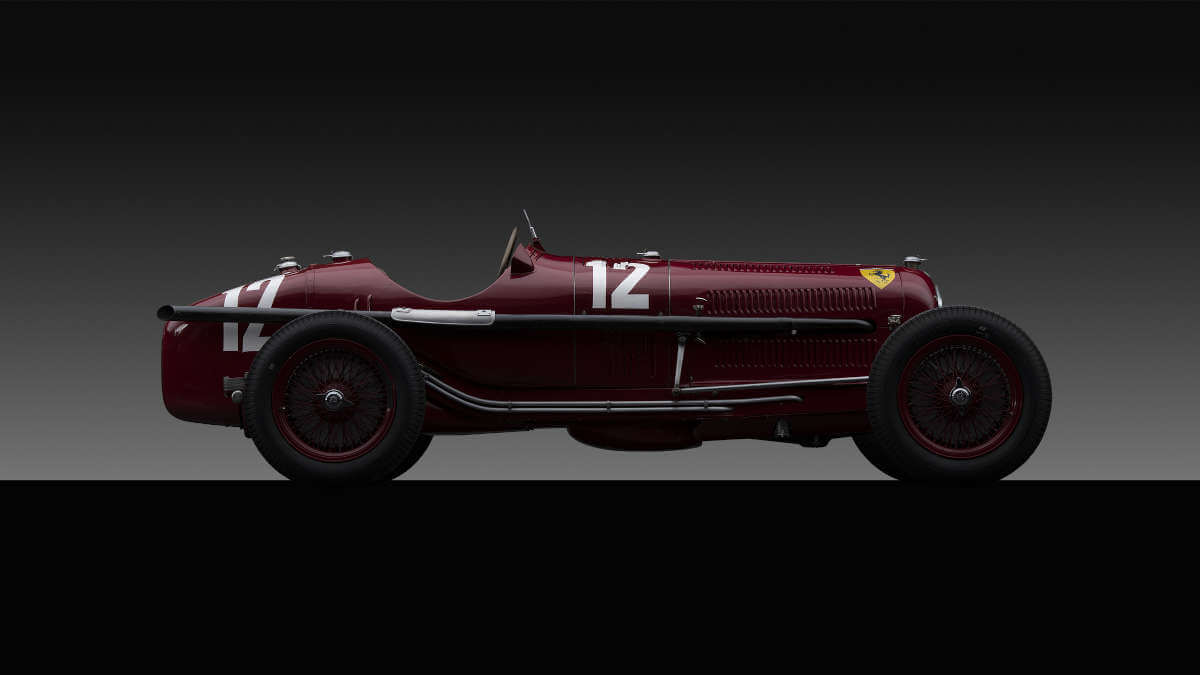Automotive Art 10 – De Tomaso Pantera
For the cooperation with Ford, the De Tomaso Pantera with a masterly design by Tom Tjaarda was created in the early 1970s.
Welcome back to a new part of our monthly Automotive Art section with photographer and light artisan Bill Pack. He puts a special spotlight onto the design of classic and vintage cars and explains his interpretation of the styling ideas with some interesting pictures he took in his own style. For the October edition Bill shows us some nice pictures of a De Tomaso Pantera.
Into The Mind Of The Designer – by Bill Pack
It is easy to learn lots of facts and information about any automotive designer. We learn what great shops they worked for, what model of cars they designed and the innovations they have brought to the industry. We know about them, but we do not know them. With my imagery I attempted to get into the soul and spirit of the designer. By concentrating on specific parts of the car and using my lighting technique, I attempt to highlight the emotional lines of the designer.
De Tomaso Pantera – Designed by Tom Tjaarda
Tom was born in Detroit, Michigan, in 1934 to Dutch-born John Tjaarda, who worked for Ford, designing an incredible rear-engined streamliner concept that would be developed into the striking 1936 Lincoln Zephyr.
Initially Tom had interest in a different career path than that of his father. He studied architecture at the University of Michigan and a pivotal moment happened in his senior year. Tom took an elective industrial design class. For this class he designed a car which lead to a meeting with Ghia’s Luigi Segre. This took him on a path that we all get to appreciate.
First, name a better discipline to base an automotive design career on than architecture. Could this be the difference that sets Tjaarda apart from his peers? Car design, could be argued, is the natural extension of traditional architecture. In architecture you design spaces for people to live life. Car design is the design of the space where life is lived while in motion.
In his designs you see the influence architecture has had. It also formed his approach to car design. Tom wanted you to know where the power of the car was coming from. He said this about his approach to designing the Pantera. “At that time there was a mid-engine Ferrari, but if you looked at that car you couldn’t tell where this engine was located. There was no design clue that let you know where the power was coming from,” Tjaarda said. “So I decided that I would do something different, I’ll design the car so that you could tell where the power was coming from—in the middle of the car. If you look at the Pantera from the side, that upsweep of the rear fender looks like the haunches of an animal getting set to pounce, you know, it gives it strength. So the focal point of the Pantera, when you see it from the profile, is the middle of the car, where the power is coming from.”
“His design has a quiet elegance and impeccable balance.” – says Tom Matano, the executive director of the School of Design at the Academy of Art University in San Francisco.
Quiet elegance, is what moves me the most about Tom’s design. When you have something that is strong, its impact is greater when quietly and elegantly presented. Tom was a master of this.
As you view my imagery of the 1972 De Tomaso Pantera, look for the influence architecture had on his design. Discover the quiet elegance and lines of the master designer Tom Tjaarda.




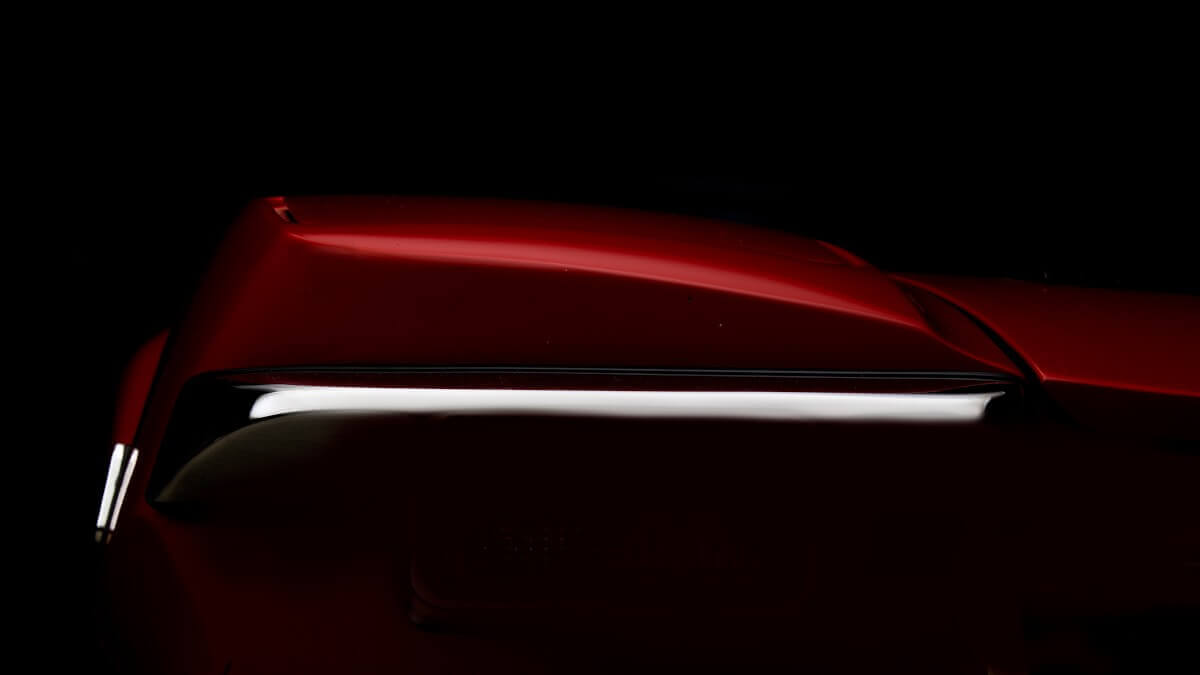



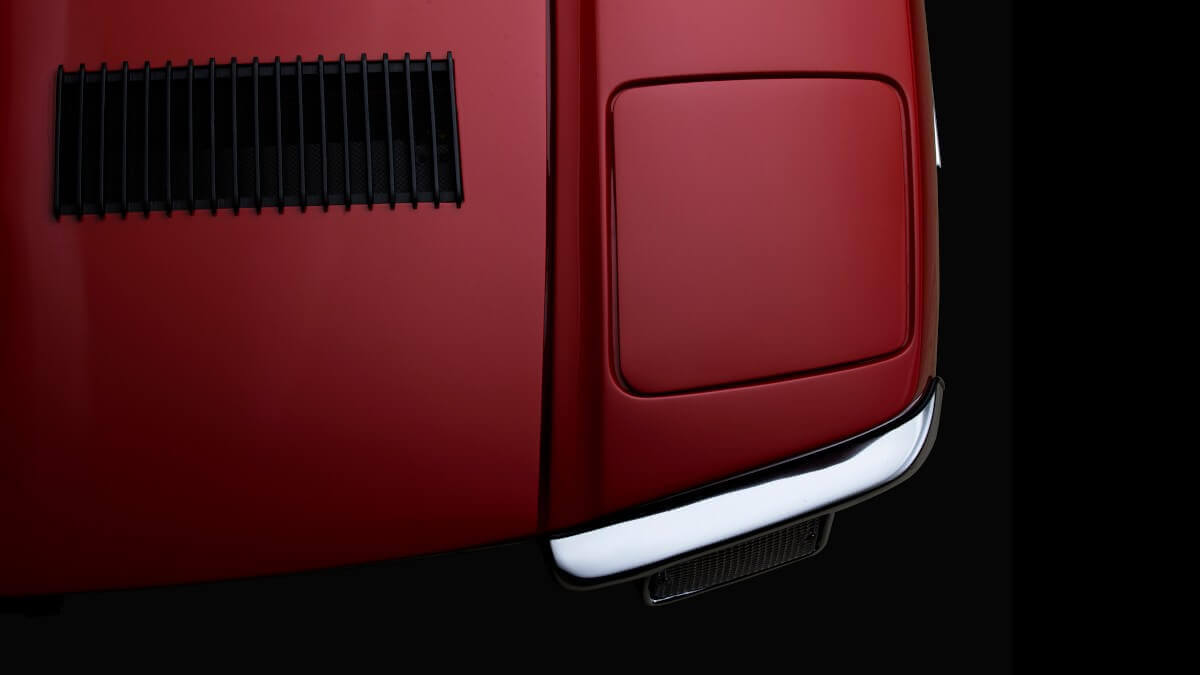







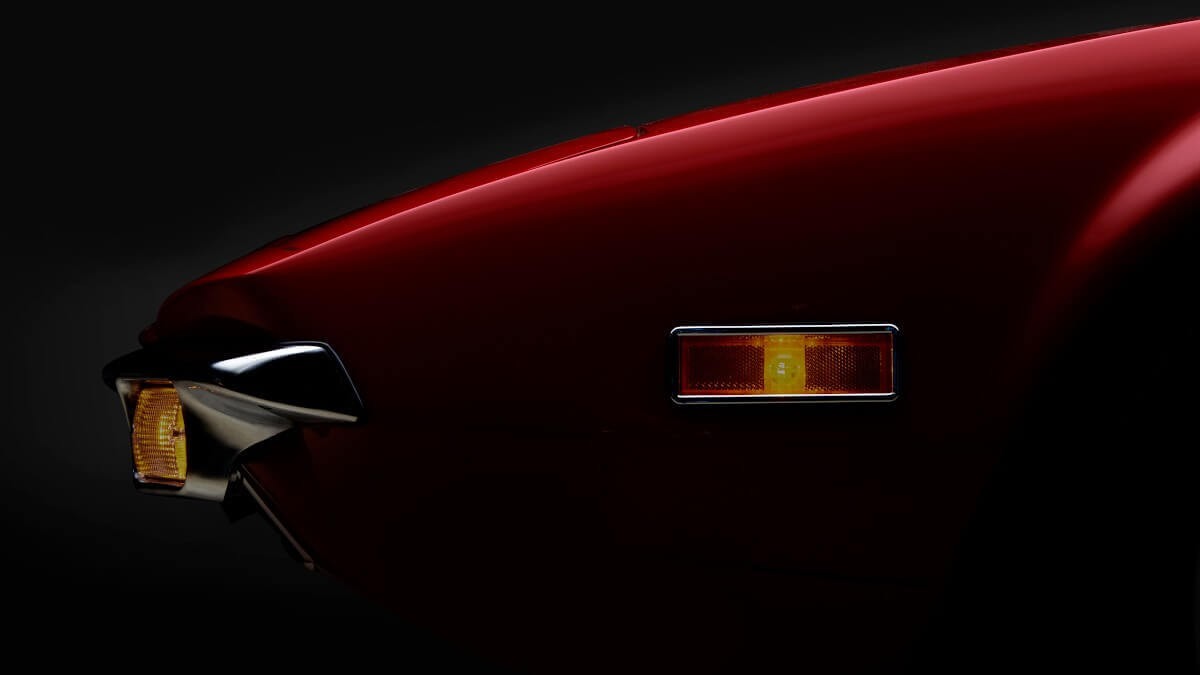



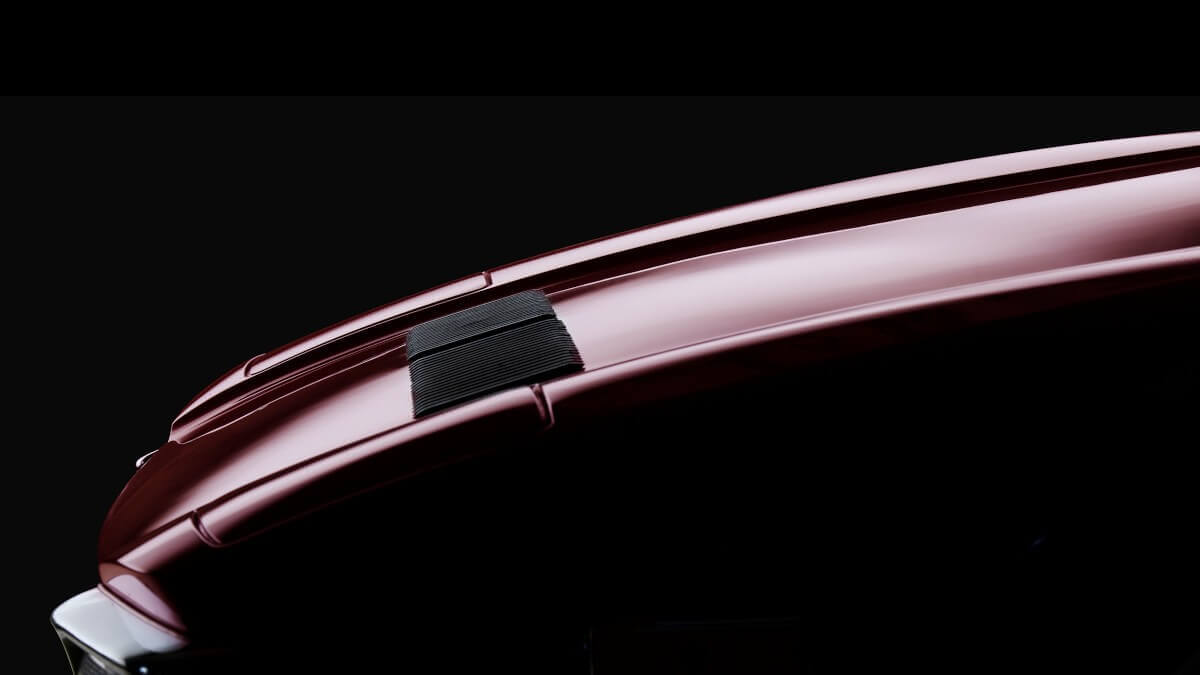



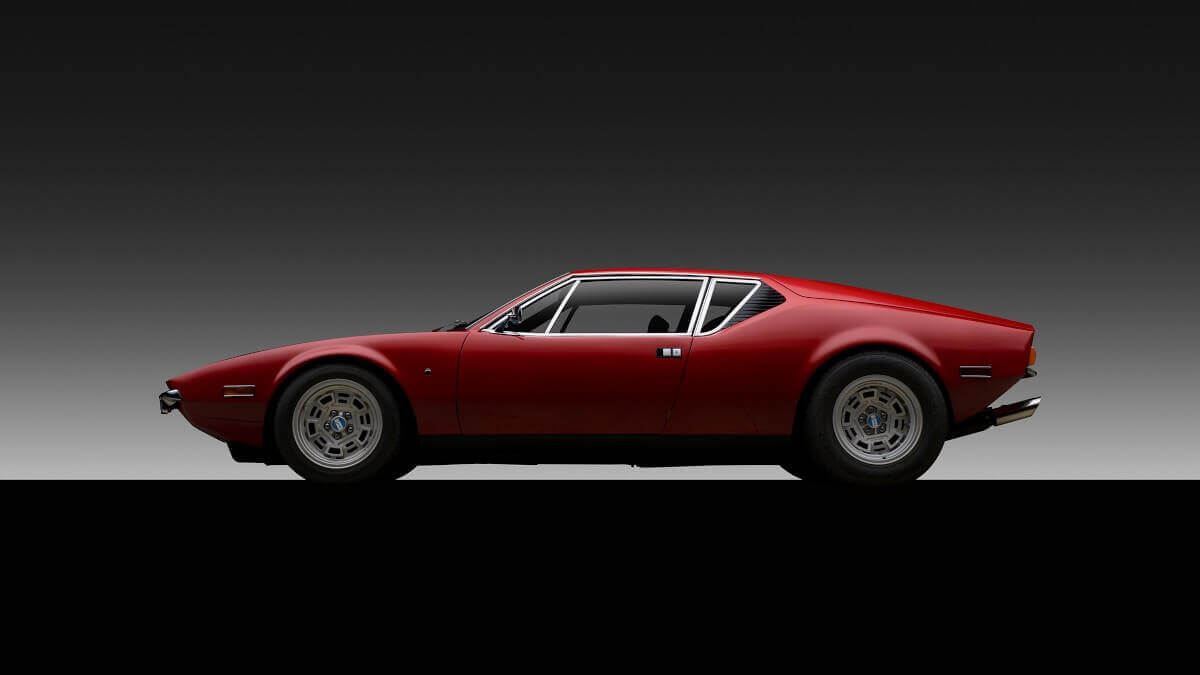







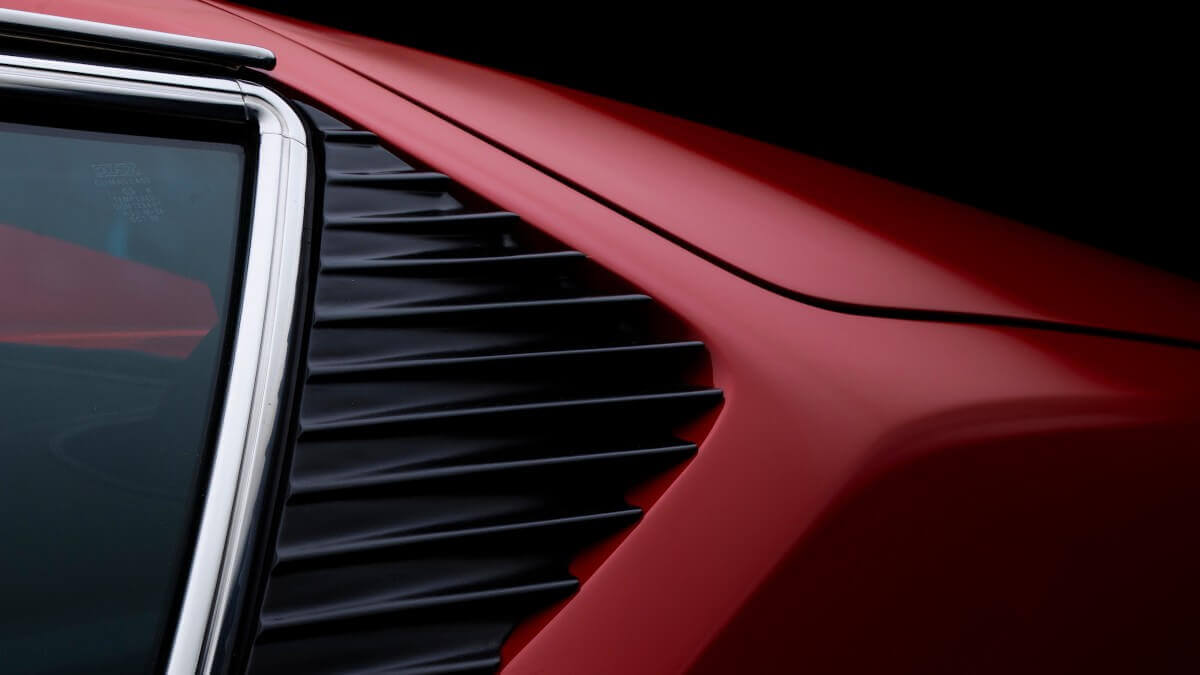



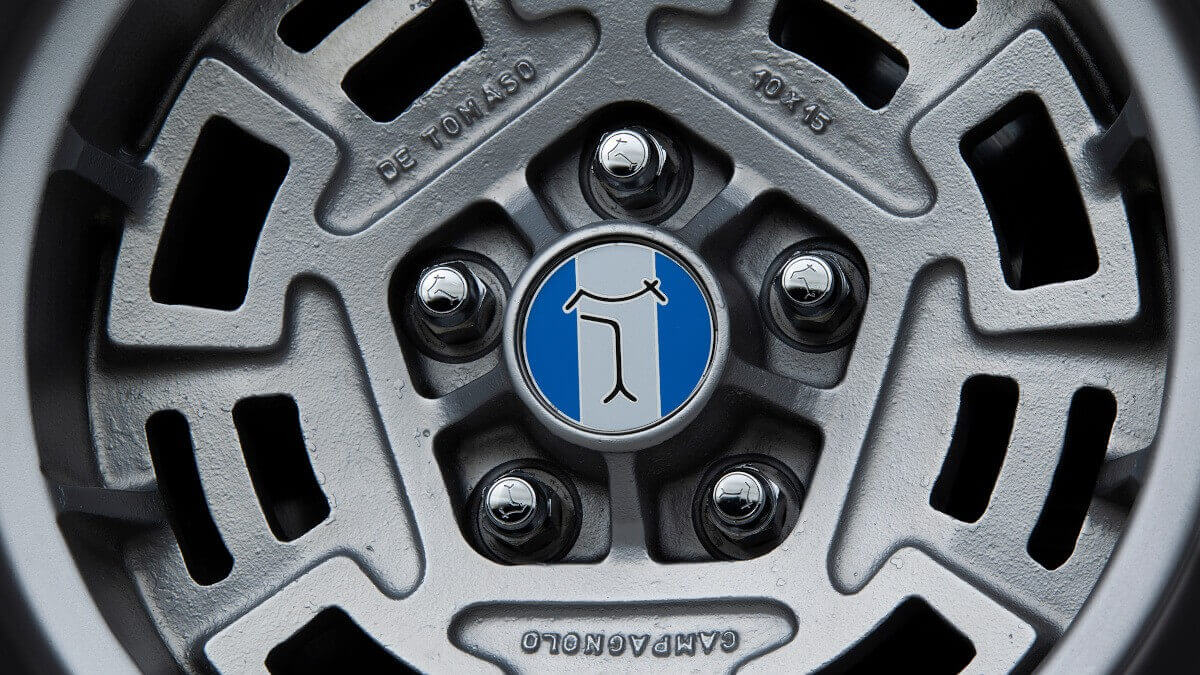











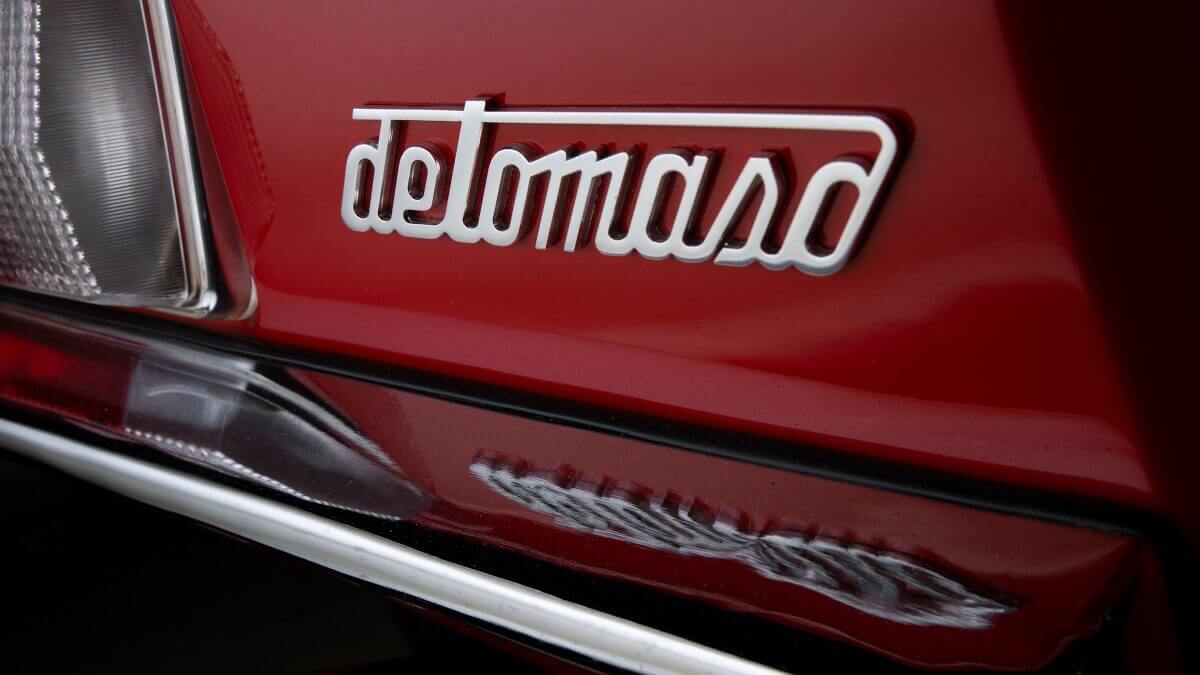







De Tomaso Pantera – Details – by Matthias Kierse
Italian sports cars with American technology – this package guaranteed success for many years. Italy’s most successful design houses were able to let off steam in their design and the well-known undemanding V8 big block engines ensured (mostly) carefree propulsion. Alejandro De Tomaso, an Argentinian racing driver and car designer, also chose this path when he switched from racing car construction to road sports cars. Only 55 copies of his first sports car Vallelunga were produced. The Mangust followed on the same basis, but with a sensational body by Ghia. While the 400 cars were still in production, Ford decided to collaborate with De Tomaso and offered the brand to sell the sports cars through their US dealer network. For this purpose, the Mangusta was redesigned into a sports car more suitable for everyday use and a new body was ordered from Ghia to fit the modified chassis. In 1971 the model made its debut as the Pantera at the New York Auto Show.
Alejandro De Tomaso claimed at the premiere that he had sketched the body design together with the Milan fashion designer Giulia Moselli. One of the various wild stories he told about his sports car brand and its products. In fact, in 1968 he had already taken over the majority of the shares in the design company Ghia, where a team of designers worked under Tom Tjaarda. The Pantera design remained almost unchanged until 1990. Some versions got riveted fender extensions to accomodate wider wheels for motorsport. In 1990, an extensive modification to the Pantera GTSi finally took place, which is usually found in professional articles as the Pantera Si. Marcello Gandini had taken care of the almost 20-year-old design and added new bumpers, a small wing in front of the windscreen and a rear wing integrated into the bodywork. By 1993, however, only 41 copies of the Si had been produced.
While the prototype of the Pantera was completely assembled at Ghia, the first production cars were built in 1971 at Vignale, where only the body parts were manufactured until 1974. De Tomaso had built its own production line at that time to complete the cars themself. After the separation from Ford they couldn’t use the Vignale factory anymore and therefore completed remaining bodyshells in 1975 and 1976. Afterwards, new bodyshells and parts were developed at Carrozzeria Maggiora in Turin until 1978, whereby the production quality wasn’t as good as De Tomaso wanted it to be. All other Pantera bodies up to the end of the production came from Embo.
De Tomaso received V8 engines from Ford as the power source for the Pantera. It was the 351 Cleveland with 5.7 liters capacity and fourfold carburetors. From the beginning there were the power stages 206 kW/280 hp, 228 kW/310 hp and 243 kW/330 hp in the USA. Due to stricter exhaust regulations this offer was already reduced in 1972 to two versions with 196 kW/266 hp and 209 kW/285 hp and from 1974 there was only the smaller version available. Meanwhile De Tomaso self-confidently indicated 221 kW/300 hp in Europe in the 1970s. Later the Pantera GT3 (330 hp), the Pantera GTS (350 hp) and the rare Pantera GT4 (500 hp) followed. However, this was the higher specification of SAE hp instead of the usual DIN hp. At the end of the 1980s, they switched to the 351 Windsor V8 engine from Ford Australia with 198 kW/270 hp. The Pantera Si finally used a five-liter V8 with 305 hp.
Due to the new distribution possibilities and the pleasing design, De Tomaso was able to sell significantly more Pantera models in the first few years of production than they ever had built of the predecessor Mangusta. In 1972 2,506 were produced, followed by another 1,604 in the year after. However, the directors at Ford disliked the build quality and the lack of reliability of the cars delivered to the US, which is why they finally terminated the cooperation with De Tomaso in 1974. In the following time the production numbers fell further and further, until they were under 50 vehicles per year at the end of the 70s. Between 1979 and 1990 only 463 Pantera were produced. Nevertheless, it is the most frequently built model from De Tomaso.
Images: © by Bill Pack


